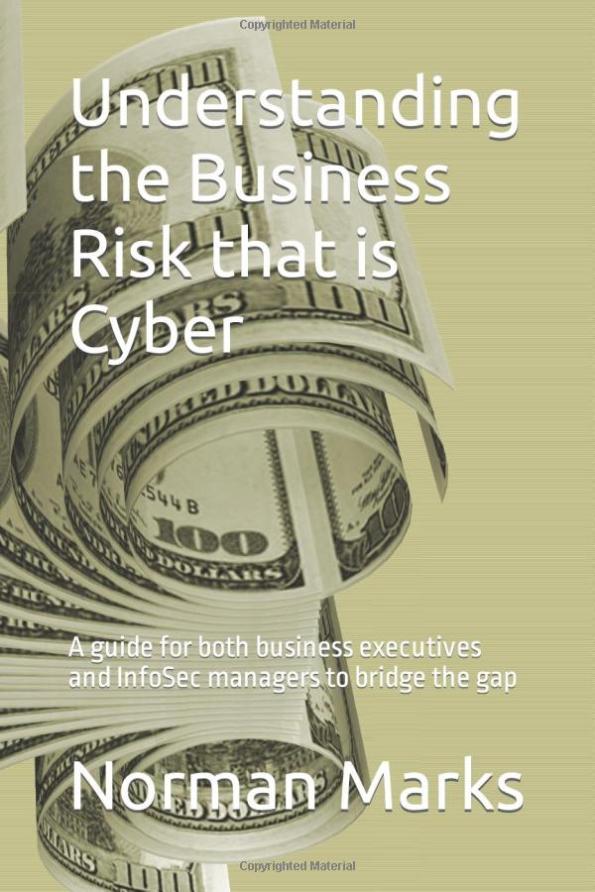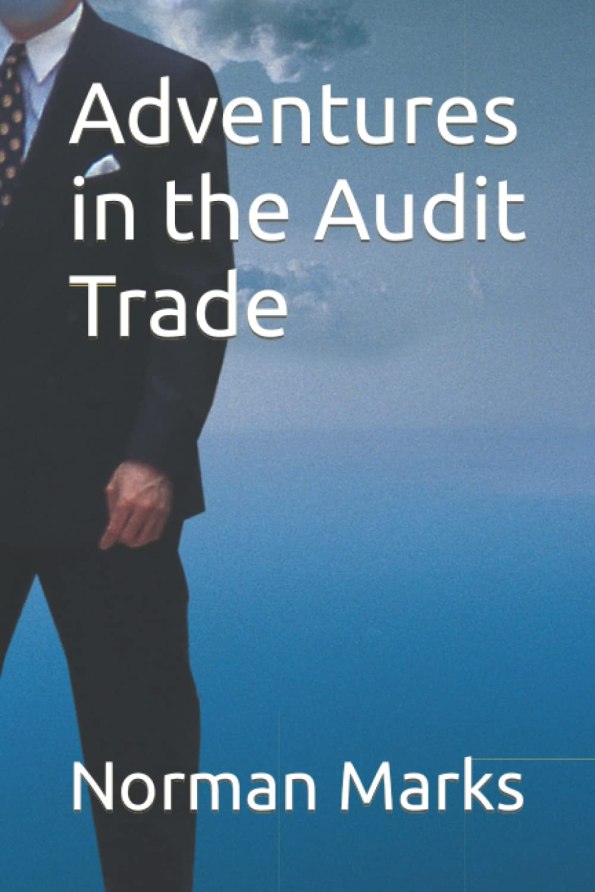Norman’s Books
Over the years, I have written a number of books on internal audit, risk management, and other topics.
My latest (and also my first) is on the topic of SOX (see the separate tab). But here’s a list of my other books:
X
Internal Audit
- Auditing at the Speed of Risk with an Agile, Continuous Audit Plan
- Auditing that Matters
- Is your Internal Audit World-Class? A Maturity Model for Internal Audit
- World-Class Internal Audit: Tales from my Journey
X
Risk Management
- Understanding the Business Risk that is Cyber: A guide for both business executives and InfoSec managers to bridge the gap
- Risk Management for Success
- Making Business Sense of Technology Risk
- Risk Management in Plain English: A Guide for Executives: Enabling Success through Intelligent and Informed Risk-Taking
- World-Class Risk Management
- World-Class Risk Management for Nonprofits (with Melanie L. Herman)
X
Others
- Adventures in the Audit Trade (a novel)
- How Good is your GRC? Twelve Questions to Guide Executives, Boards, and Practitioners
- Meet My Mother, Mrs. Maisie Myra Marks (the biography of a remarkable lady who went from nothing to being the owner of a company who was awarded the MBE by the Queen).








How we can build our carrier in Internal audit